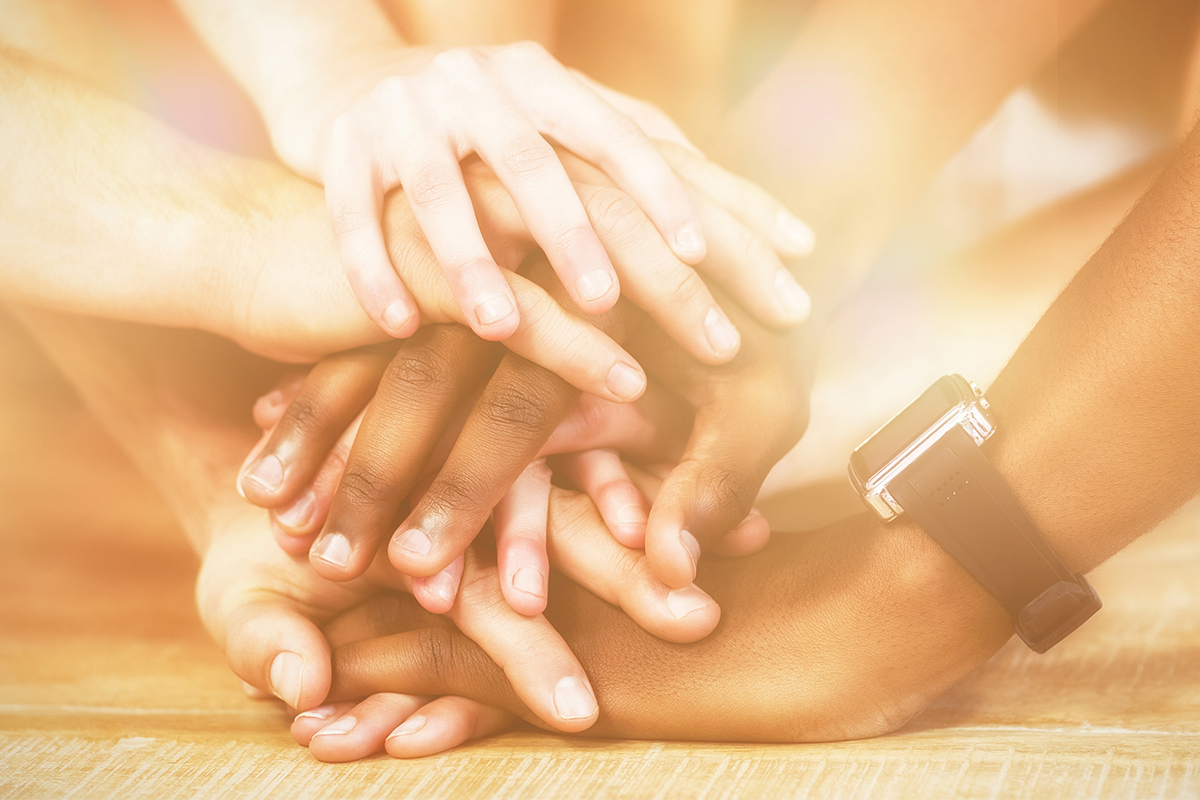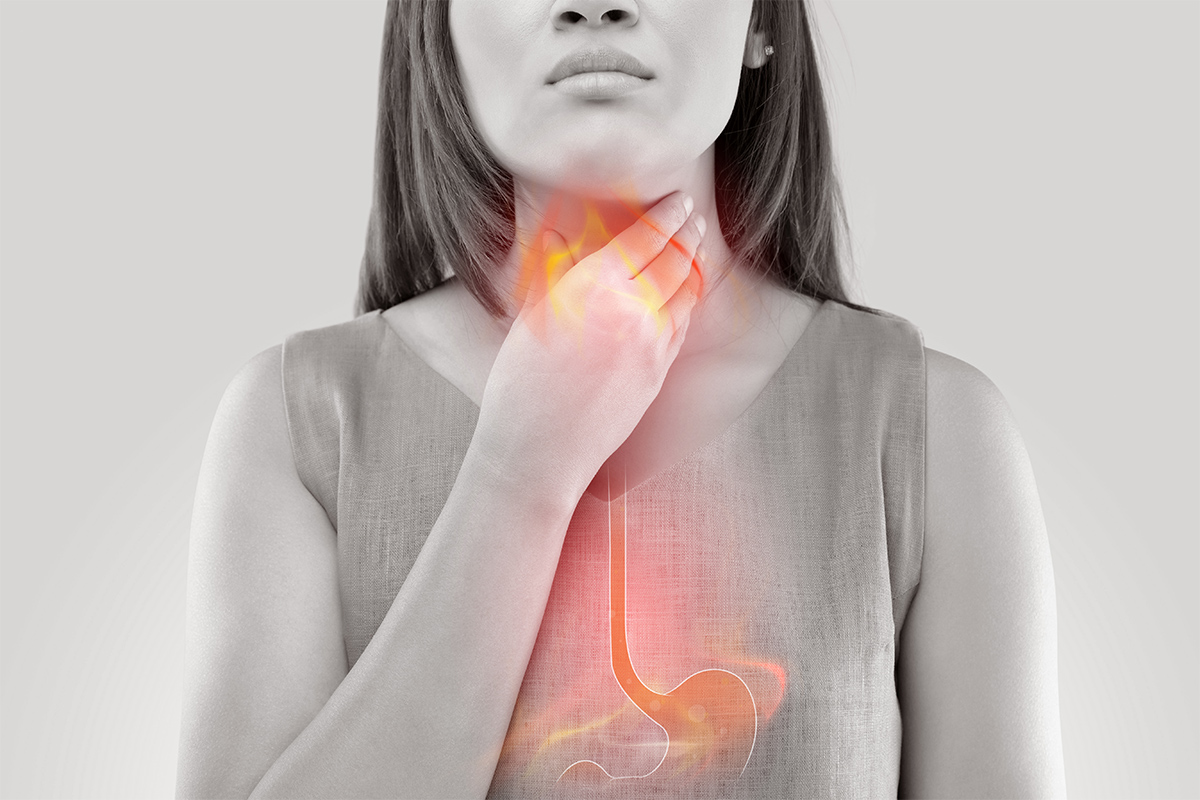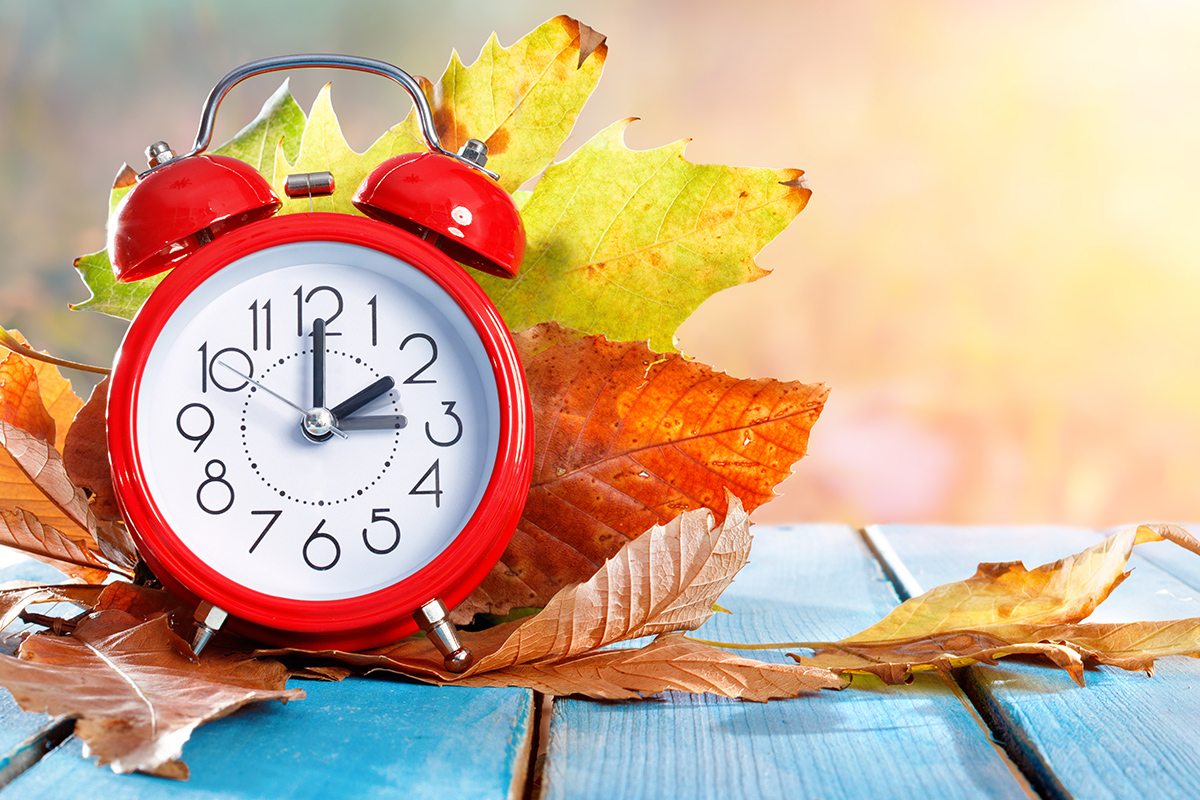
Eliminating Violence Against Women
It Takes All of Us
November 25th is the International Day for the Elimination of Violence Against Women.
As a health and fitness blog, our usual focus is on physical health, giving you the resources to feed your body in healthy ways and engage in heart and brain-healthy work outs. To a lesser but equally important extent, we also break into mental, social, and emotional health.
Today we touch each of these elements of total wellbeing by talking about what happens when women are exposed to violence. Not only is it a matter of physical safety, but a matter of psychological, emotional, and social welfare.
Observing this day affords us the opportunity to recognize a problem that affects an alarming number of women worldwide, and to express our solidarity with all victims of violence.
How Real Is The Issue?
- According to a National Crime Victimization Survey, approximately 500 women in the U.S. were raped every day in 2008.1 That’s 182,500 women over the course of the year.
- In 2016, there were 1,809 women in the U.S. who were murdered in single victim/single offender incidents reported to the FBI and 85% of them were, or had been, romantically linked to their killer.2
- According to a Global report, 51% of all detected trafficking victims are women and 20% are young girls.3
- Worldwide, around 15 million adolescent girls aged 15 to 19 have experienced forced sex in their lifetime.4 Based on data from 30 countries, only 1% of adolescent girls who have experienced forced sex reached out for professional help.4
- Child marriage still exists. Approximately 650 million girls and women alive today were married before their 18th birthday.5
Violence Against Women Affects Everyone

Consider that women who experience violence may need medical care and/or mental health services. Now consider that they may have children who witnessed or were affected in other ways by this violence who are now also in need of care to address trauma, behavior issues, and other potential concerns. This builds a harmful cycle of violence and trauma that can continue for generations.
In addition to perpetuating this cycle, violence against women is significant enough to have an impact on systems like healthcare and social services.
Looking strictly at the economic side of things, the impact on health and social services amounted to over $8.3 billion as a result of domestic violence in 2003.6
What are Some Signs Your Situation is Not Normal?

To help focus our discussion, we will narrow our attention down to domestic violence. It is not strictly violence within an intimate relationship but can also refer to violence within families.
Additionally, because it is not just women who are on the receiving end of domestic violence, we would like to offer information than can benefit everyone by looking into the signs and symptoms of a potentially toxic relationship.
According to PsychCentral, these are some of the potential indicators of psychological abuse within a relationship:
- Gaslighting: False information is presented to you with the intention of making you doubt your own memory, perception, or sanity.
- Example: Complete denial from the abuser that previous abusive incidents ever occurred
- Following abusive behaviors with apologies, gifts, and seemingly loving behaviors, only to repeat the abusive behaviors later on.
- Making you believe that everything (even their anger or poor behavior) is your fault
- Constant put-downs and excessive criticism
- Refusing to communicate
- Mean jokes or constantly making fun of you
- Saying “I love you but…”
- This statement indicates, “I love you now, but if you don’t stop this or that, my love will be taken away.” It is both a criticism and a threat that slowly strips away your self-esteem.
- Saying things like “If you don’t _____, I will_____.”
- Domination and control, especially using money or fear to impose that control
- Withdrawal of affection
- Guilt trips
- Isolating you from friends and family
- Constant calling or texting when you are not with him/her
- Threatening to commit suicide if you leave
Accessible Resources
If you, or someone you know, needs help, you can browse through resources by state, here.
The National Coalition Against Domestic Violence offers more diverse resources, including information about the National Domestic Violence Hotline the National Dating Abuse Hotline, the National Sexual Assault Hotline, and the National Suicide Prevention Hotline, to name just a few.
Other Ways to Help

Don’t blame the victim, even if they flat out say “It was all my fault.” Remember that signs of abuse often include feelings of guilt or responsibility for the situation. Instead, make sure they know it’s not their fault.
Be a safe space for them. Leave your judgement at the door and simply listen.
Offer to call a helpline with them.
Create a safety plan. A safety plan can consist of a meeting place, agreeing on a safe word, a specific number of phone calls to alert you that something is wrong, and more.
For more thought provoking posts, look for topics like our article on Mental Health Stigma or, help calm anxiety and ease stress by reading our 5-Minute Guided Relaxation post. To access our monthly blog post highlights, subscribe to our newsletter today.
SOURCES
- “Violence Against Women Is A U.S. Problem, Too.” Amnesty International USA, 11 June 2011, www.amnestyusa.org/violence-against-women-is-a-u-s-problem-too/.
- “When Men Murder Women: An Analysis of 2016 Homicide Data.” Www.vpc.org, Violence Policy Center, 2018, vpc.org/studies/wmmw2018.pdf.
- “Global Report on Trafficking in Persons 2016.” Unodc.org, United Nations Office on Drugs and Crime, 2016, www.unodc.org/documents/data-and-analysis/glotip/2016_Global_Report_on_Trafficking_in_Persons.pdf.
- “A Familiar Face: Violence in the Lives of Children and Adolescents.” UNICEF DATA, UNICEF, 17 Jan. 2019, data.unicef.org/resources/a-familiar-face/.
- “Child Marriage: Latest Trends and Future Prospects.” UNICEF DATA, 12 Jan. 2019, https://data.unicef.org/resources/child-marriage-latest-trends-and-future-prospects/.
- “Violence Against Women in the United States: Statistics.” National Organization for Women, 2019, now.org/resource/violence-against-women-in-the-united-states-statistic/#endref14.


























